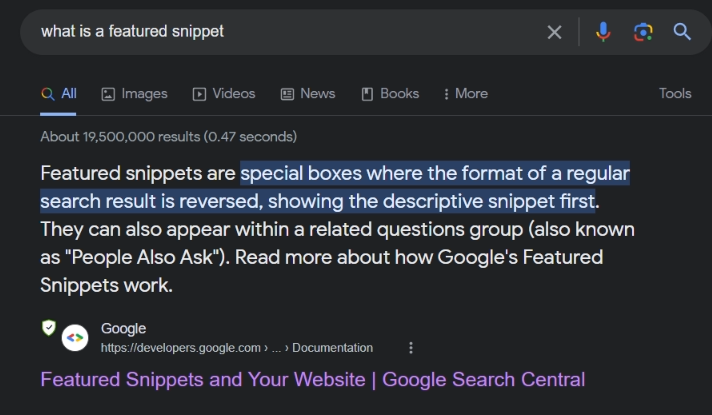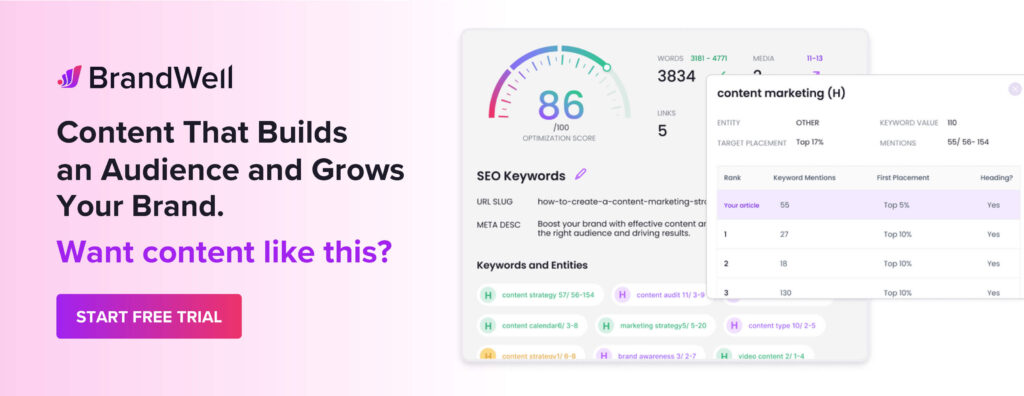Discover top guides, trends, tips and expertise from AIO Writers
A Beginner’s Guide to SEO Content Editor Essentials
Julia McCoy
Friday, 19th May 2023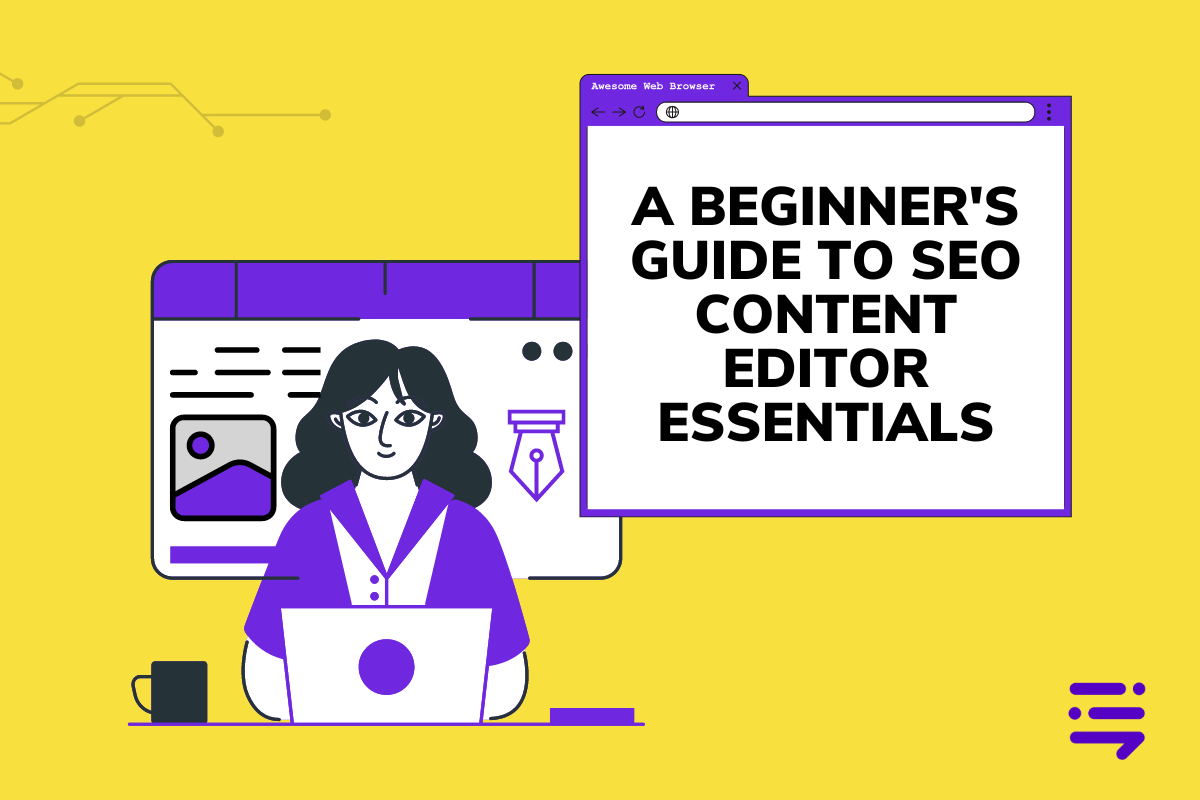
Artificial intelligence is sweeping through the content marketing industry, with 69% of marketers admitting to using ChatGPT for daily tasks.
But can we truly trust AI-generated content?
According to 63% of AI adopters, bias and inaccuracies are the biggest challenge when using AI.
AI bots are notorious for making up facts — and they do so with confidence!
Even a major tech news site like CNET.com fell for this, publishing an AI-written article riddled with wildly incorrect information on compound interest rates.
Fortunately, 88.1% of AI users say they verify the accuracy of AI-written content.
This makes the role of SEO content editor even more crucial today.
In this blog post, we’ll talk about SEO content editor essentials and how you can thrive in the era of AI.
SEO Content Editor Essentials for the Era of AI
What are some essential processes, tools, and tips for the modern SEO content editor?
Here’s where to hone your focus.
1. Keyword Research and Analysis
One of the most crucial aspects of creating high-quality, SEO content is keyword research. Tools like BrandWell can help you identify target keywords with significant search volume and low competition levels.

Understanding the intent behind each keyword is also crucial, as it helps align the content with what users are searching for, ensuring it meets their needs effectively.
Once you have a keyword list, start adding them to strategic places such as:
- Title tags: Add your primary keyword to the beginning of your title tag to tell readers and search engines what your content is about.
- Meta description tags: Create compelling meta descriptions containing relevant keywords. Use actionable language to entice the user browsing search results to click your link.
- URL slugs: You should also add your primary keyword to your URLs. Keep them concise and descriptive to provide clear information about the contents of the page.
BrandWell does all these for you automatically so you always have your primary keyword in the most important places in your article.
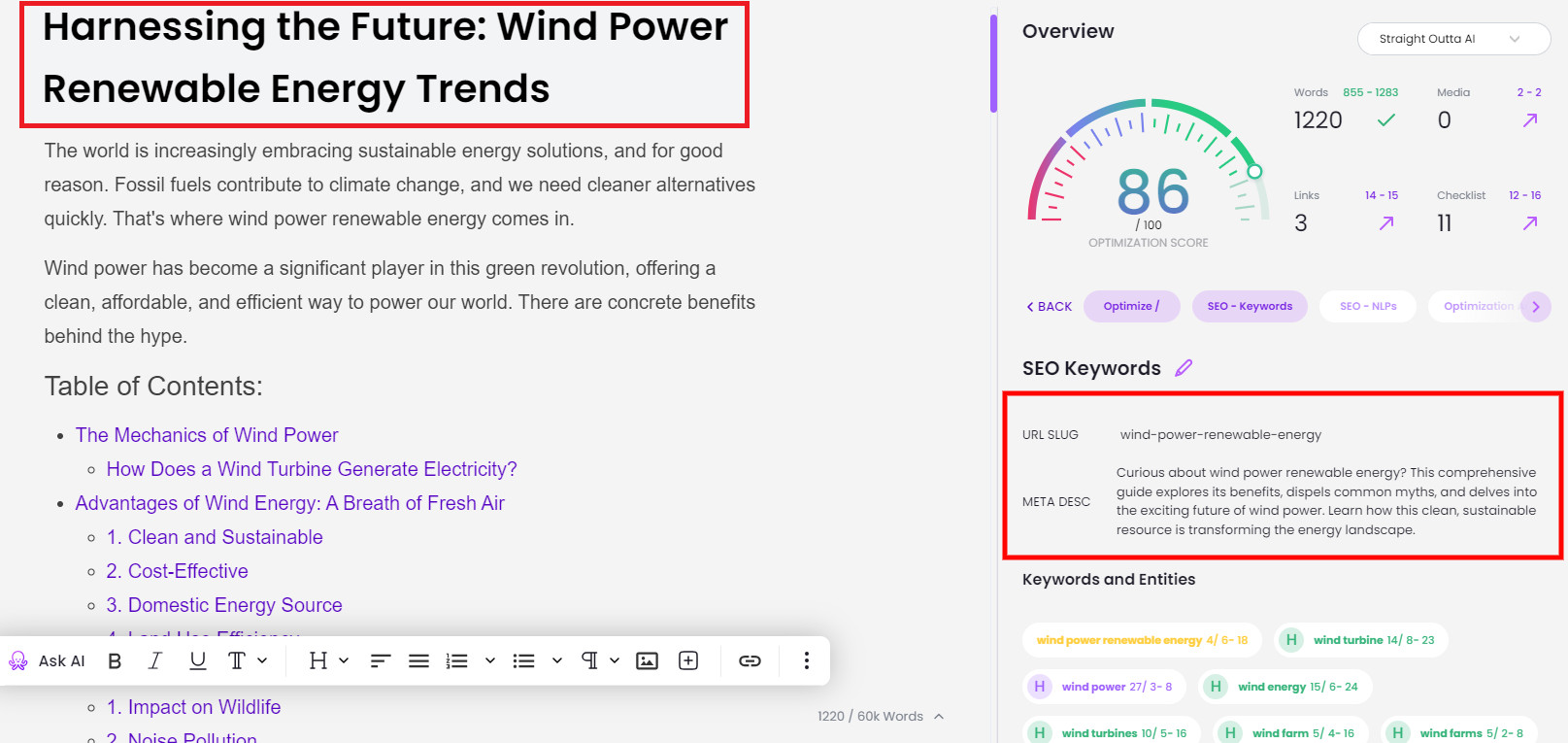
2. Content Planning
Content planning is another critical task for SEO content editors. It’s your job to create a content schedule and content briefs that organize your topics logically, including headings, subheadings, and key points to cover.
Mapping the content to the buyer’s journey also ensures that it addresses the needs of users at different stages, whether they are just beginning to explore a topic or are ready to make a purchase.
If you’re already using BrandWell for keyword research and blog generation, you can build content briefs and schedule posts on a content calendar right inside the app.
3. On-Page SEO Optimization
On-page SEO is essential for making content search-engine-friendly. This includes crafting compelling and keyword-rich title tags and meta descriptions to improve click-through rates from search results.
Proper use of header tags (H1, H2, etc.) helps structure the content and naturally incorporates target keywords. It’s also important to ensure that keywords are strategically placed throughout the content, particularly in the introduction, body, and conclusion.
Again, BrandWell automates this process while the AI writes your blog post. You can also further optimize your article with the help of an SEO checklist that’s displayed on the text editor.
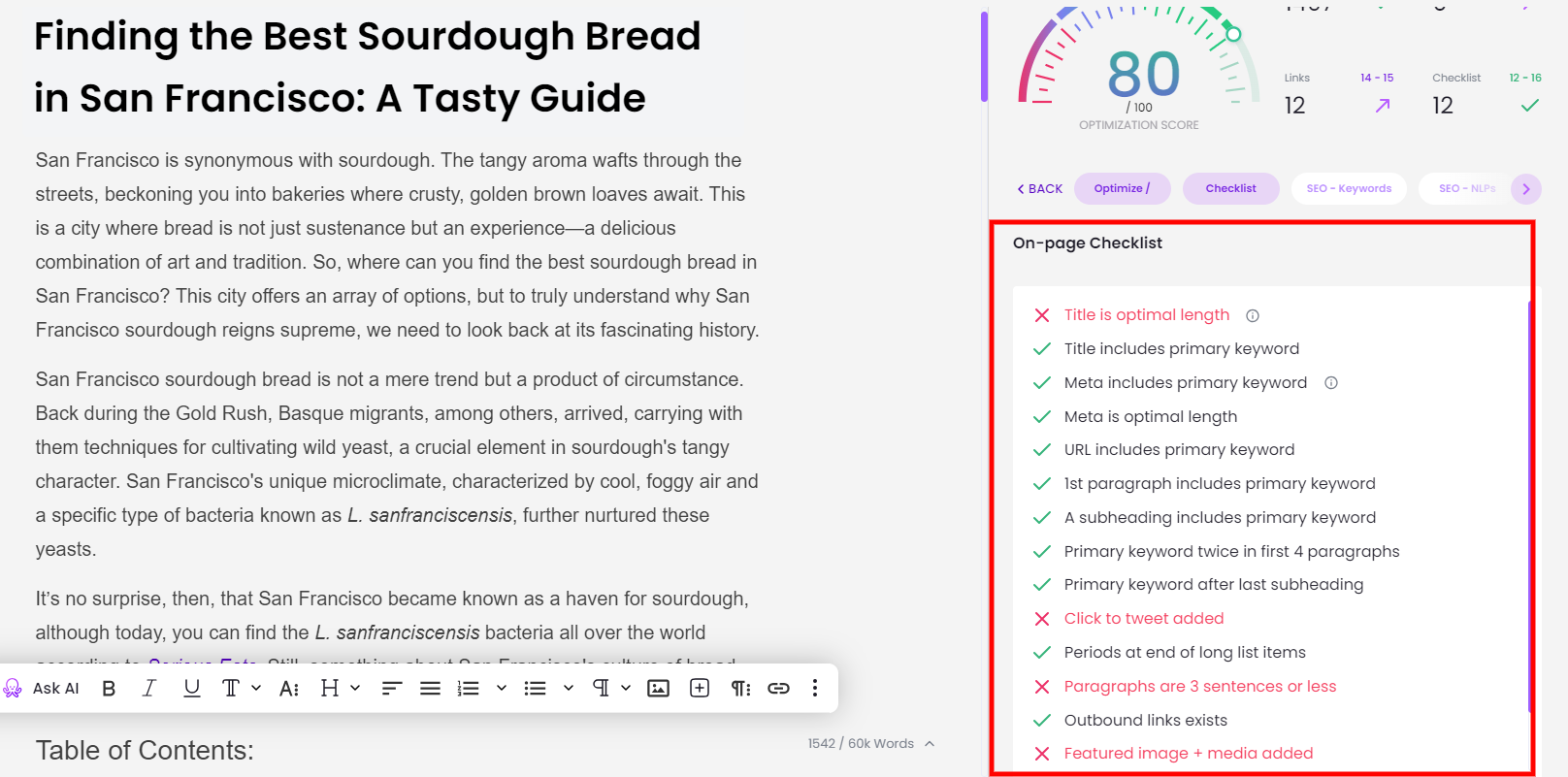
Optimizing Featured Snippets
Increase visibility and click-through rates by optimizing your content for featured snippets. Answer questions concisely within your articles while fact-checking all information to ensure accuracy and credibility.
To rank in Google’s featured snippets, you must understand the types of queries that typically trigger these results. For instance, question-based searches like “how-to” or “what is” are prime candidates for optimization.
Here are some techniques you can implement:
- Create a concise answer (40-60 words) targeting the primary keyword.
- Structure answers using headers (H1, H2) and bullet points or numbered lists where it makes sense.
- Include relevant images with descriptive ALT text.
- Perform competitor analysis on existing featured snippet holders and improve upon their content structure.
Visual Element Optimization
Accurately describing each visual element in your article can also help people find you. This is the purpose of image ALT text. These descriptions not only improve accessibility but also help search engines understand the context of images on your page better.
How to write descriptive and accurate alt text:
- Avoid keyword stuffing: While it’s crucial to include target keywords in your image descriptions, overusing them may lead to penalties from search engines. Maintain a natural flow when incorporating keywords into alt text.
- Be concise: Keep descriptions brief yet informative. Aim for around 125 characters or less when describing what the image is about.
- Create unique descriptions: Each image should have its own distinct description that accurately represents its contents without duplicating other existing alt tags on the same page.
4. Link Building
Content editors should know both on-page and off-page SEO, and one of the most crucial components of off-page SEO is link building.
Links from authority sources are one of the most effective ways to boost ranking as they represent a vote of confidence from a credible website to yours.
These links also provide valuable resources for readers interested in learning more about related topics while enhancing your website’s authority.
Exact Match Anchor Text Linking
An exact match anchor text is a hyperlink that uses the same target keyword as the page you’re linking to, making it easier for search engine crawlers to understand and index the content effectively. Using exact match anchor text linking can help improve your SEO, as link relevancy between pages helps search engines better understand their relationships.
How to Choose Outbound Links
- Relevance: Look for content that’s closely related to your topic, providing additional value to readers who want to learn more.
- Authority: Select high-quality websites with good domain authority (DA) or domain rating (DR) scores, which will positively impact your own site’s reputation and ranking.
- Freshness: Aim for recently published or updated content that reflects current trends and information in your industry or niche.
- User Experience: Create a seamless user experience by adding outbound links that open in new tabs so visitors don’t have to leave your page when exploring external resources
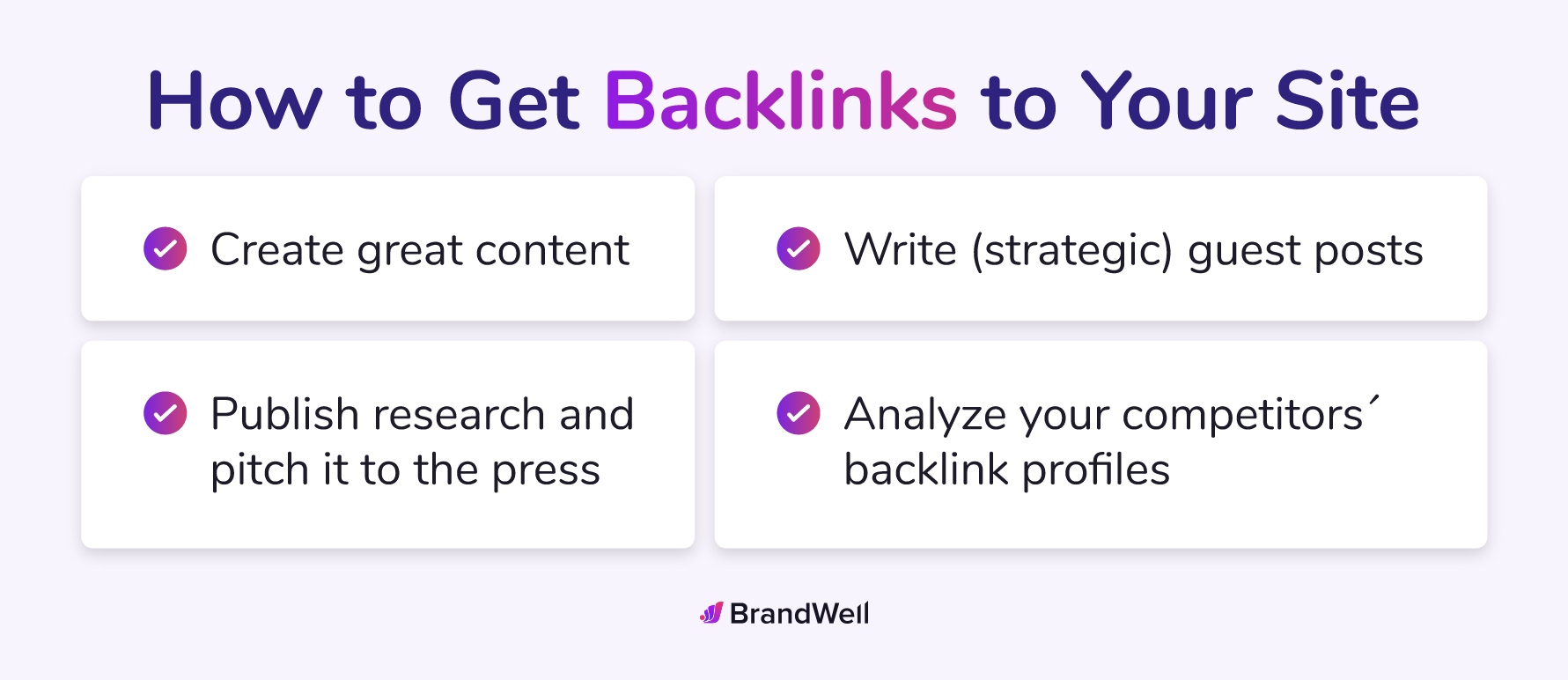
5. Editing and Proofreading
The main job of an SEO content editor is to improve readability, especially if you are generating content with an AI writing tool. Despite the advances in AI technology, its written output often fails to sound like a human — which is why you need an editor to add a human touch.
Focus on producing high-quality, well-researched, and engaging material that offers real value to the reader. Content should be easy to read, with short paragraphs, bullet points, and clear language.
Mixing Up Sentence Structures
Mixing up sentence lengths can make your writing both interesting and clear. Shorter sentences are generally easier to read, whereas longer ones can provide depth when necessary. Tools like the Hemingway Editor offer suggestions on how to improve sentence structure for optimal readability.
In addition, making your sentences shorter and cutting the fluff will help ensure your AI-generated content is easier to read.
The Role of White Space in User Experience
White space makes your content visually appealing and easy to navigate. It helps break up large blocks of text, allowing readers’ eyes to rest between paragraphs or sections. This practice not only enhances the overall user experience but also contributes positively to search engine rankings.
6. Fact-Checking Content
Maintaining accurate information within your content not only helps you rank higher but also establishes trust among readers. To achieve this level of accuracy, always fact-check your content before publishing:
- Cite reputable sources such as industry experts or research studies when presenting facts or statistics (avoid using anchor text like “source”).
- Use tools like FactCheck.org or Snopes to verify claims made within your content.
- Regularly update your articles to ensure they remain current and relevant, especially in fast-paced industries like technology or marketing.
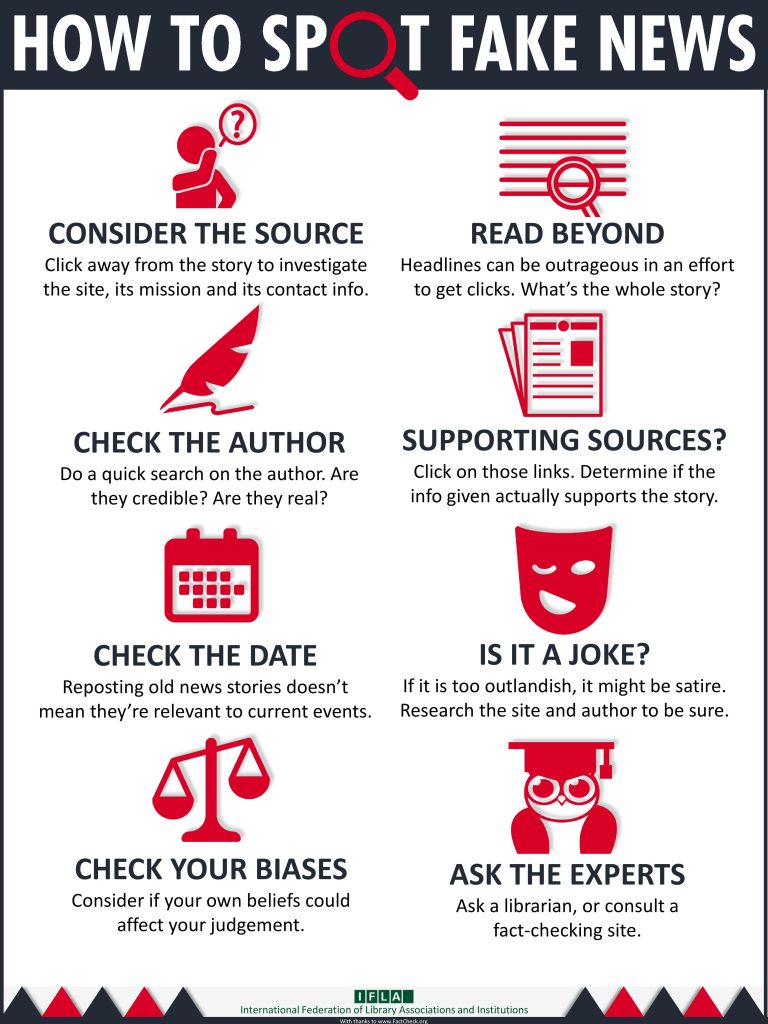
8 steps to fact-checking SEO content
7. Technical SEO
Although technical SEO may not be the forte of an SEO content editor, it’s also important to update your knowledge of website mobile-friendliness and page speed optimization tactics such as minimizing code, compressing images, and browser caching.
Also, check if your web pages are using clean and descriptive URLs that include target keywords to enhance both user experience and search engine rankings.
8. Content Promotion
Once the content is live, promotion and distribution are key to driving traffic. Sharing content across social media platforms can increase visibility, while outreach to industry influencers and authoritative websites can secure valuable backlinks — boosting the content’s search engine rankings.
Promoting your work on social media platforms like Facebook and LinkedIn is an effective way to amplify the reach and exposure of your content. By sharing your articles with a wider audience, you can increase traffic, engagement, and ultimately conversion potential over time.
A few tips on sharing content on social media:
- Create engaging posts: Craft eye-catching headlines and include relevant images or videos in your social media posts to capture users’ attention.
- Incorporate hashtags: Use popular hashtags to make it easier for your target customer to discover your content.
- Schedule strategically: Post at optimal times when your target audience is most active online. Tools like Buffer can help automate this process.
9. Performance Analytics
An SEO content editor should also know how to analyze content performance. Tools like Google Analytics and Google Search Console can help you track key metrics such as traffic, bounce rates, and time on page.
A/B test your content before publishing to experiment with different headlines, meta descriptions, and content formats and see what resonates best with your audience.
If traffic is falling for some of your existing content, schedule them for updates or revisions to keep them fresh and relevant and boost their search rankings.
10. Compliance and Ethics
Finally, compliance and ethical considerations are crucial in SEO.
Content editors should avoid keyword stuffing, ensuring that keyword usage is natural and does not compromise readability.
Adhering to Google’s guidelines and staying updated with algorithm changes helps prevent penalties and ensures the content remains in good standing with search engines.
By following these processes, modern SEO content editors can create content that ranks well in search engines and engages and satisfies readers.
Best SEO Tools for Content Editors
Optimizing content is easier with AI tools. Here are some of the best tools to help you with editing, proofreading, project management, content creation, and graphic design.
Grammarly
As a content creator, you know that producing high-quality content is essential to rank well on search engines. But it’s not just about keywords and metadata — your grammar and spelling matter when publishing online content, too.
Search engines are trained to identify quality content that provides value to users. Poor grammar or spelling mistakes can signal low-quality content, which can negatively impact your search engine rankings.
Sloppy writing can also affect user experience. Readers will quickly lose interest if they come across multiple errors while reading your content.
If you’re looking for an easy-to-use tool that helps improve the overall quality of your writing, look no further than Grammarly.
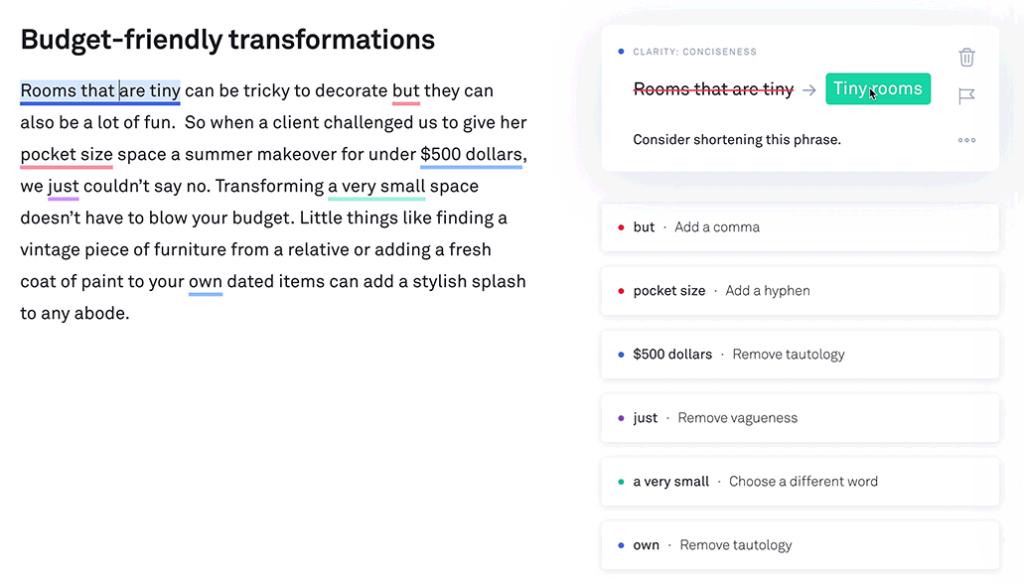
- Detects obvious mistakes: With its advanced algorithm, Grammarly detects obvious grammatical errors like misspellings and misplaced punctuation marks instantly.
- Suggests higher-level changes: Grammarly also suggests higher-level changes such as sentence structure improvements or word choice based on context analysis.
- Detects tone: Depending on what kind of message you want to convey with each piece of writing — whether formal or informal — this online assistant will detect tone issues. This feature ensures consistency throughout all pieces written by different authors so customers receive clear messaging from your brand.
With Grammarly, you don’t have to worry about missing any errors in your content. It comes as a Chrome browser extension and will detect spelling and grammar issues across the board, whether you’re writing emails or editing your blog.
Hemingway Editor
Online readers have short attention spans, so it’s important to create content that they can easily understand. If your writing is complex or filled with technical jargon, users will quickly lose interest and move on to something else.
You want your audience to engage with your content while also satisfying search engine algorithms. This is where the Hemingway App comes in handy.
The free online version of the Hemingway Editor analyzes text for readability issues such as hard-to-read sentences, passive voice usage, or excessive adverbs or phrases that could be simplified for clarity purposes.
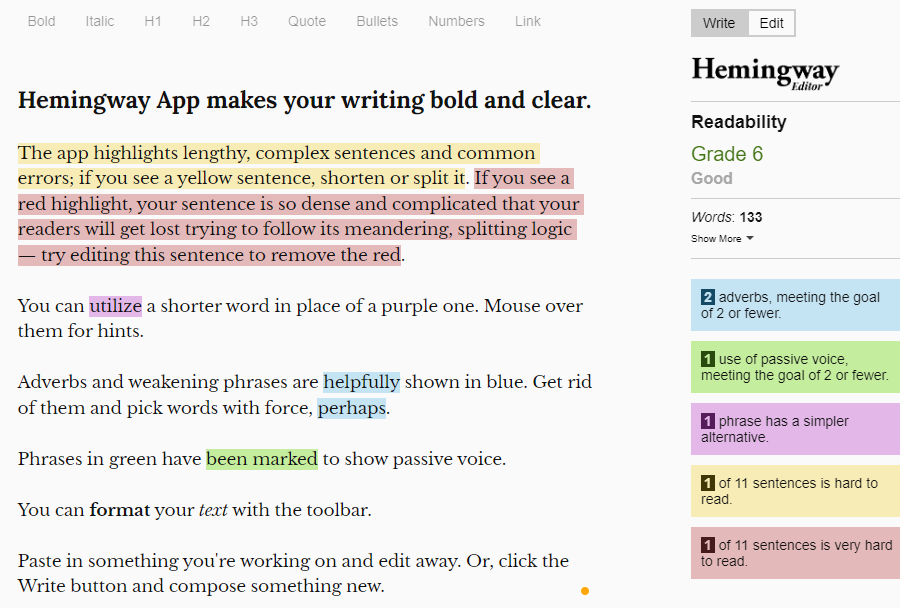
Sentences that need improvement are highlighted and color-coded within the editor interface. And an overall grade score helps keep track of progress.
Asana
Asana’s calendar-based job assignment functionalities allow you to manage multiple content creation tasks efficiently. By staying organized and on track with deadlines, you’ll maintain a consistent publishing schedule that appeals to both readers and search engines alike.
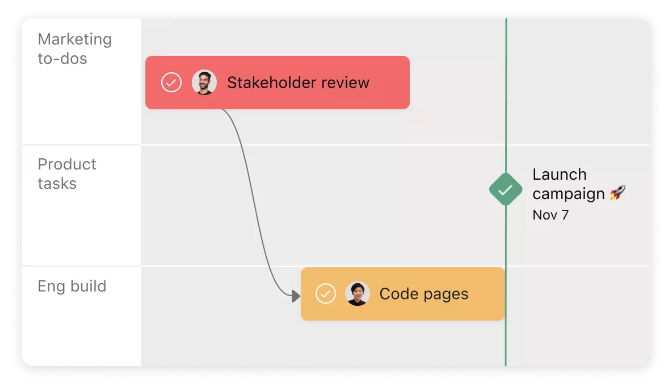
Canva
Canva’s vast library of royalty-free images/templates allows you to design eye-catching visuals without infringing on copyright laws – essential when optimizing visual elements within SEO writing.

BrandWell
Last but not least, if you want all of the above tools rolled into one — SEO content writer, editor, on-page SEO optimizer, and more — BrandWell does all of this.
Create a long-form blog post on any topic, for any niche, in minutes, and then edit, proofread, and optimize using the in-app tools. That includes content optimization audits, plagiarism checks, and AI detection.
The app is so good, we use our own tool to produce all of our blog content… including the one you’re reading right now. 💫
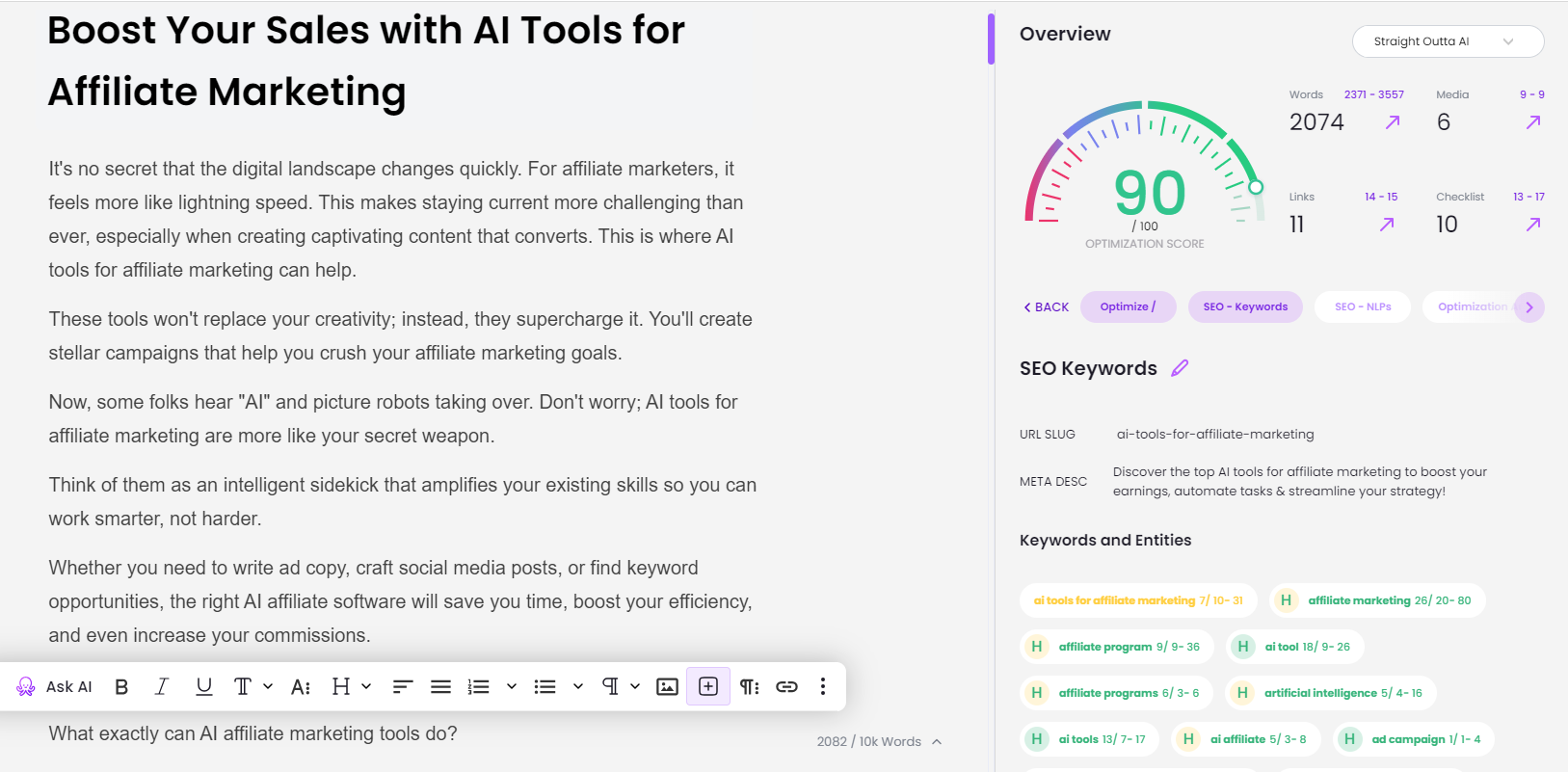
Conclusion
SEO content editors remain essential even in the era of AI. While artificial intelligence has revolutionized many aspects of digital marketing, don’t underestimate the human touch. We humans possess the unique ability to infuse creativity, empathy, and strategic thinking into our work, which can truly make a difference in attracting and engaging audiences.
AI tools can assist in optimizing content, identifying relevant keywords, and analyzing data, but they lack the intuition and contextual understanding that content editors bring to the table.
Editors understand the nuances of language, the target audience’s preferences, and the ever-changing landscape of SEO algorithms. They can craft compelling narratives, ensure readability, and maintain a consistent brand voice.
Moreover, content editors play a crucial role in ethical considerations of AI content. They can navigate the fine line between maximizing SEO potential and maintaining authenticity, ensuring that content remains valuable, informative, and relevant to users.
By combining the power of AI technology with the expertise of SEO content editors, you can achieve the best of both worlds. You can harness the efficiency and accuracy of AI tools while leveraging the human touch to create engaging, user-centric content that stands out in the digital landscape.
Here at BrandWell, we make the job of the SEO editor easy. Everything is automated for you — from keyword research and competitor analysis to blog generation and SEO — ensuring you meet quality standards even when scaling content.

UNLOCK YOUR POTENTIAL
Long Headline that highlights Value Proposition of Lead Magnet
Grab a front row seat to our video masterclasses, interviews, case studies, tutorials, and guides.

